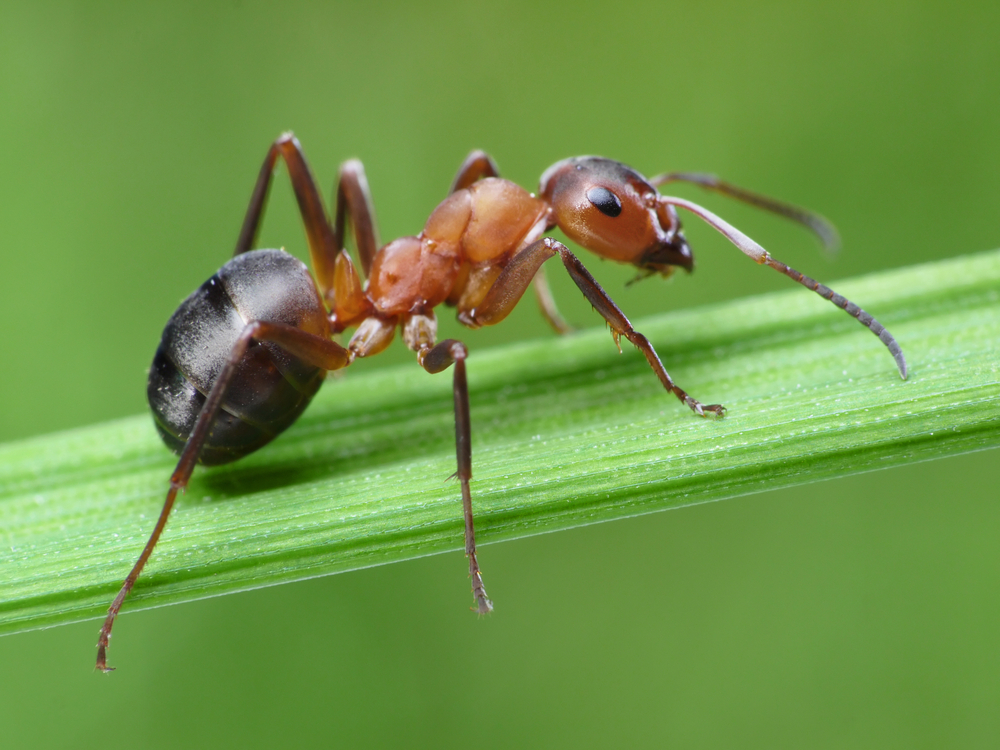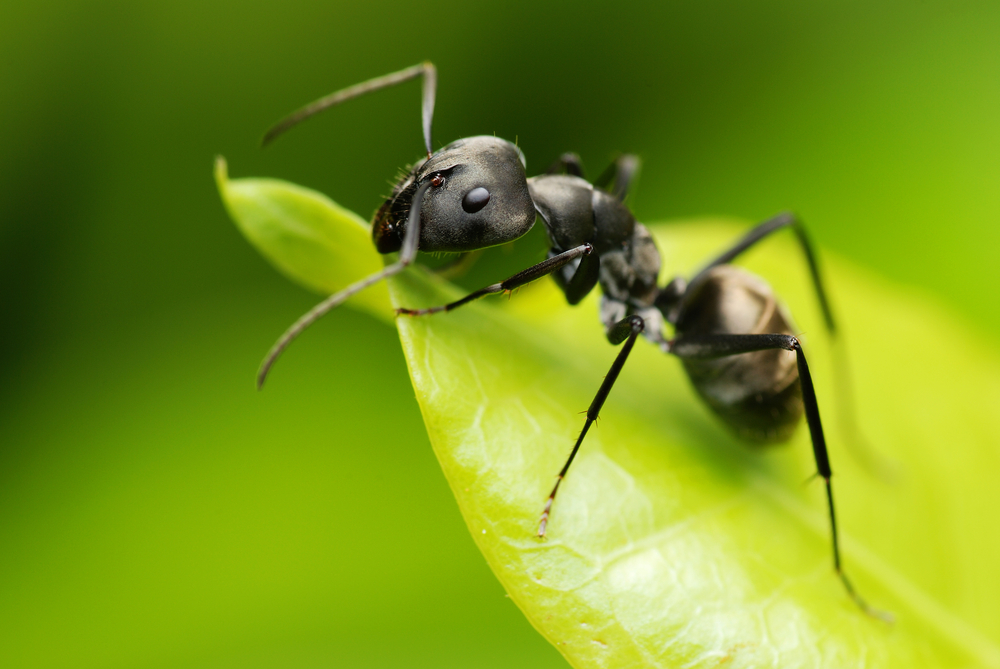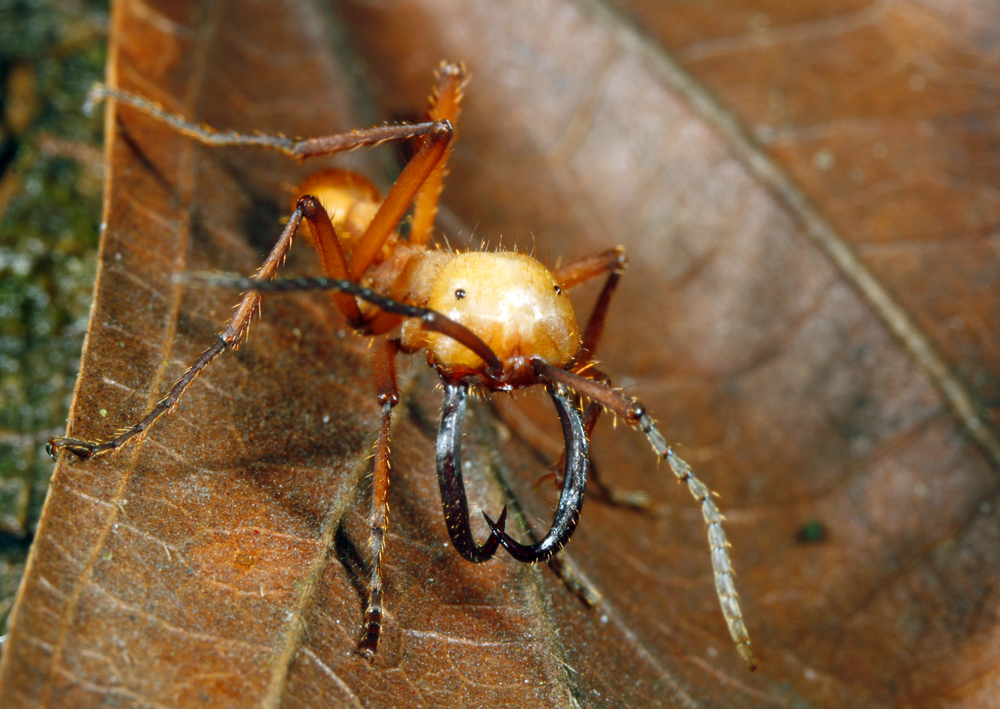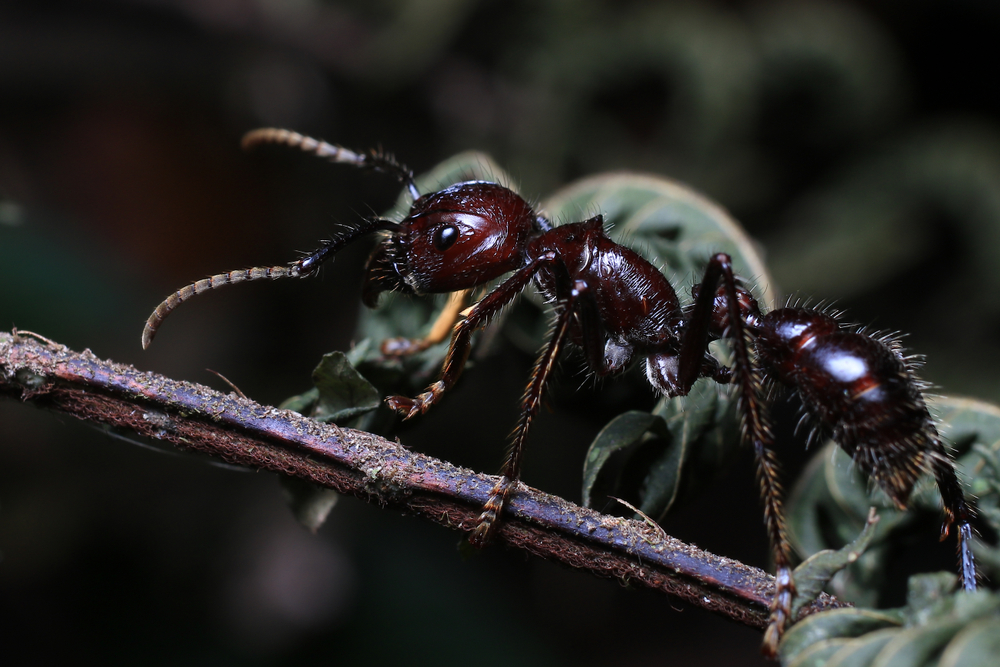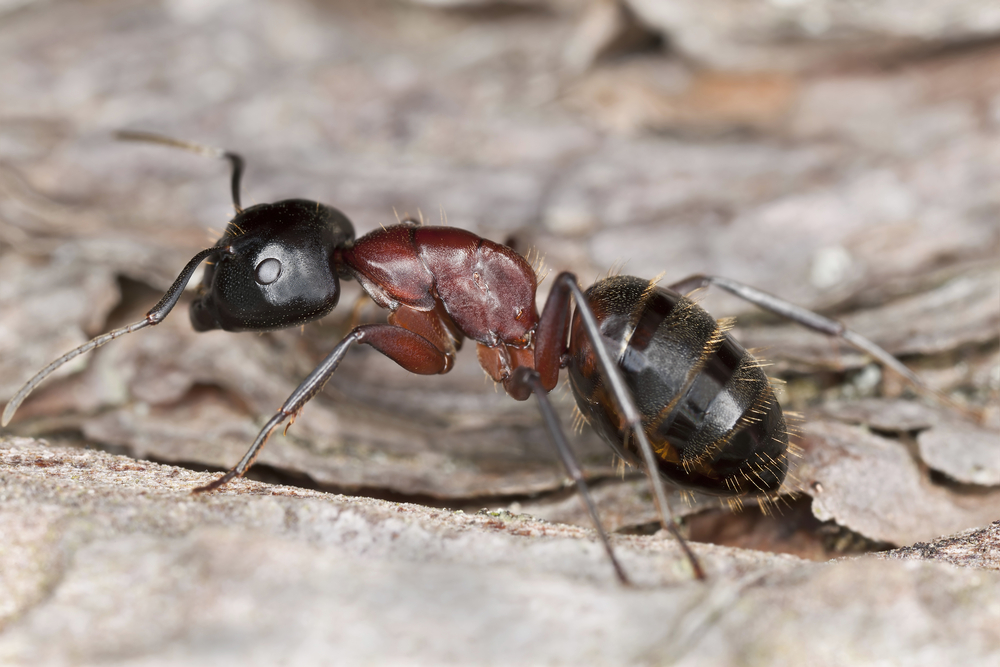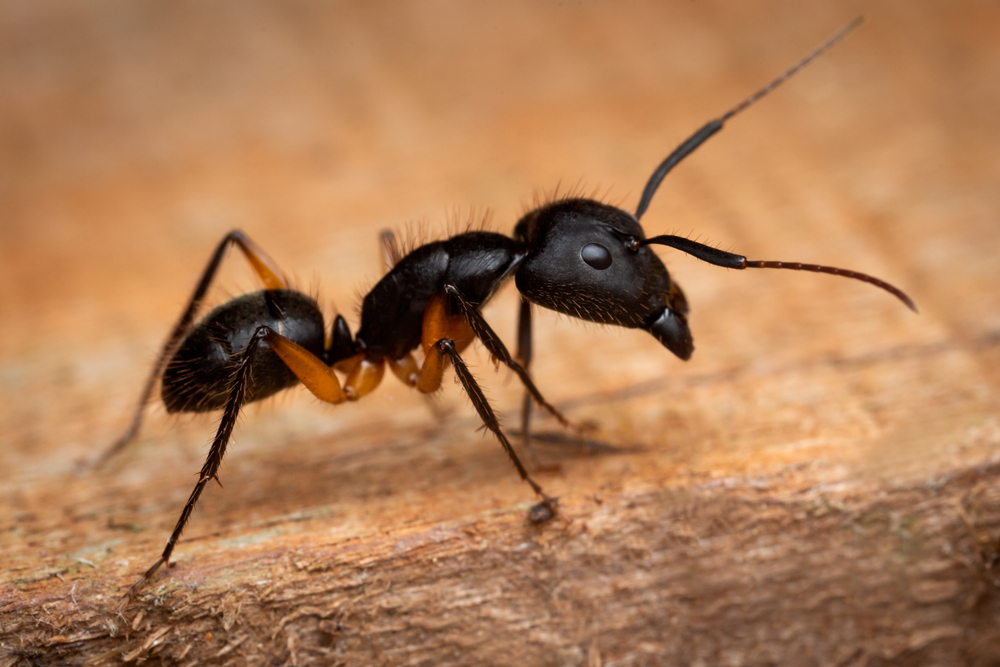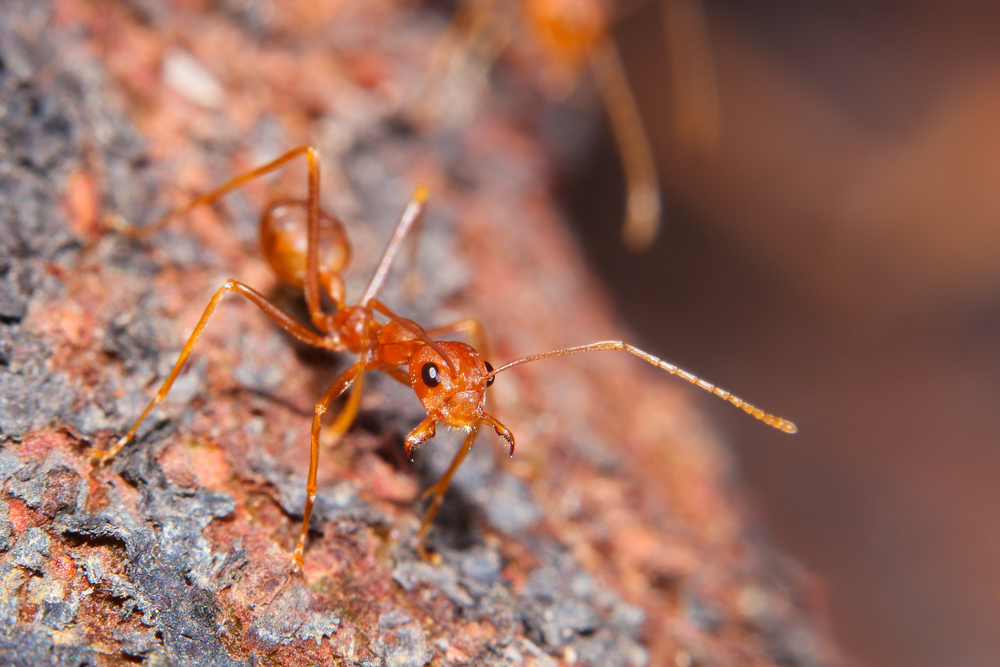Uniqueness
Massive, Engineered Forest Nests:
Wood ants (Formica rufa group) are renowned for building large, dome-shaped mound nests composed of pine needles, twigs, soil, and leaves. These structures can exceed 1 meter (3+ feet) in height and width, often housing over 100,000 to 400,000 workers. The mounds are thermoregulated using sun exposure, ventilation tunnels, and the ants’ own body heat—making them some of the most sophisticated insect-built structures in temperate forests.
Forest Mutualists – “Aphid Farmers”:
Wood ants form mutualistic relationships with aphids, “farming” them for honeydew. They protect aphid colonies from predators and parasites in exchange for a steady carbohydrate supply. This interaction can shape plant health, insect communities, and forest food webs, giving wood ants an outsized influence on forest ecosystems.
Chemical Warfare with Formic Acid:
Unlike stinging ants, wood ants defend themselves and their colonies by spraying formic acid from their abdomens while biting. This chemical defense is potent against predators like spiders, beetles, and even small mammals. Their highly coordinated mass defense can drive off much larger animals and is a key reason for their territorial dominance.
Ecosystem Engineers and Keystone Species:
Wood ants redistribute nutrients by:
-
Preying on a wide variety of forest insects
-
Cleaning the forest floor of dead arthropods
-
Aerating soil through their tunneling
-
Influencing tree growth via aphid farming
They are considered keystone species in many European and temperate forests due to these wide-ranging ecological roles.
Aggressive Territoriality and Species Interactions:
Wood ants are highly territorial. Colonies defend strict boundaries and engage in inter-nest wars with rival colonies, even of the same species. Their dominance often suppresses other ant species, restructuring local invertebrate communities.
Sunbathing Behavior:
Wood ants engage in “sun-basking”—massing on the sunlit surface of their mound to absorb heat, which they then carry into the nest to help warm the colony in early spring. This behavior is rare among insects and plays a crucial role in seasonal nest regulation.
Summary:
Wood ants are uniquely adapted as engineers, farmers, and defenders of the forest. Their towering mounds, aphid partnerships, formic acid defense, and keystone ecological role make them some of the most complex and ecologically influential ants in the Northern Hemisphere. Their behavior showcases advanced social coordination, chemical communication, and landscape-level impact.



































































